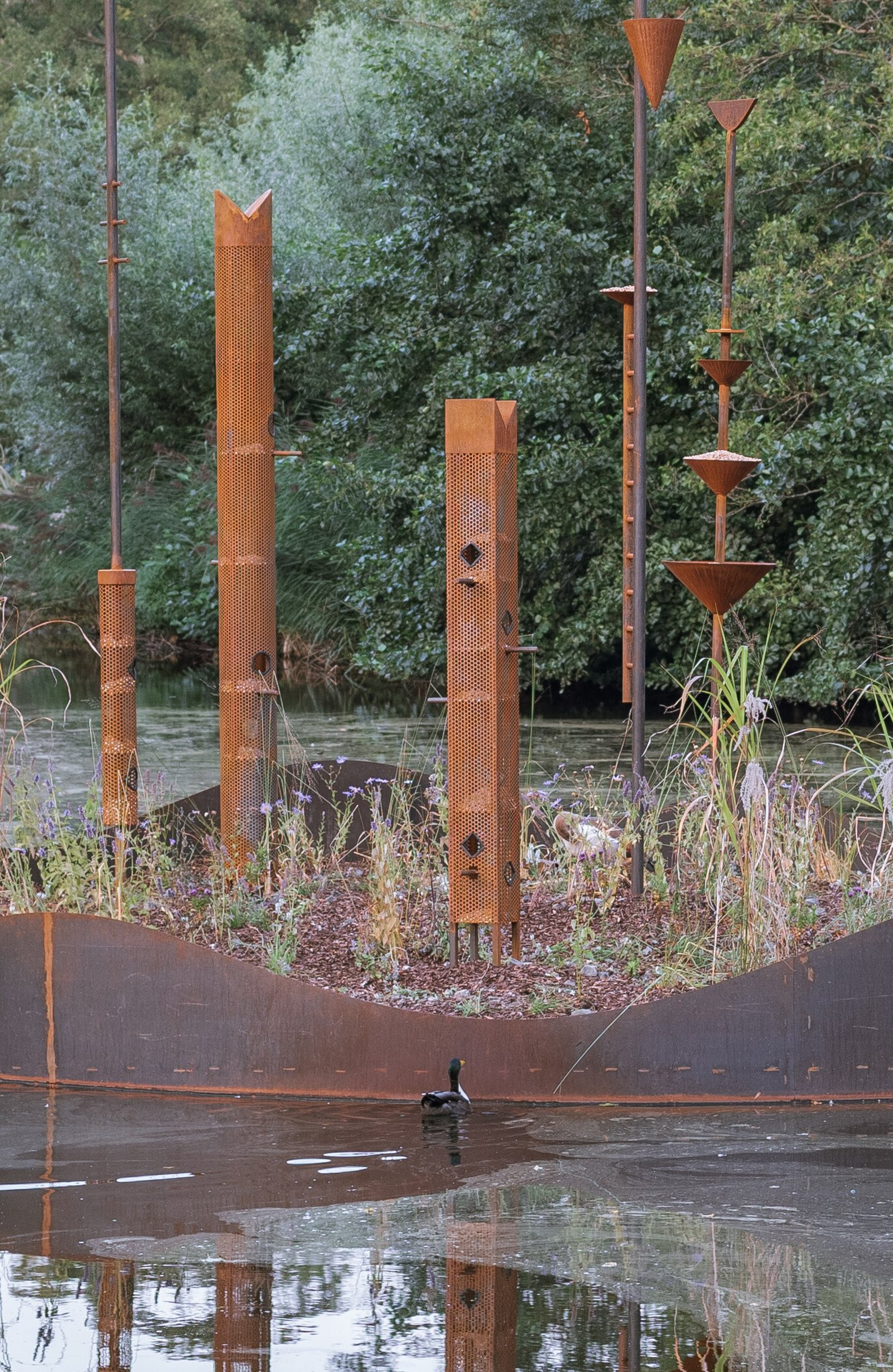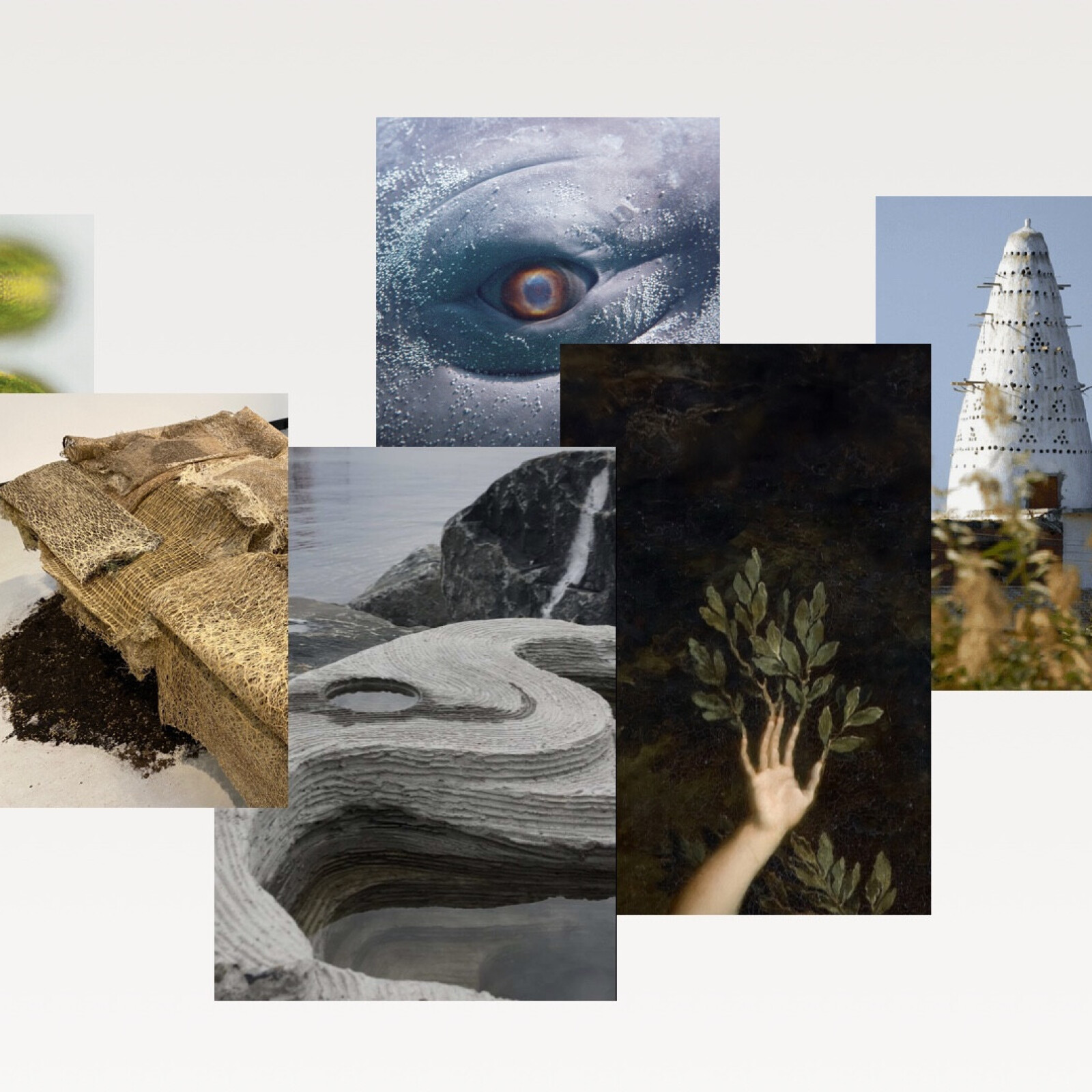One of our aims at Future Observatory is to support a design discourse and culture that responds to the true scale and nature of the climate crisis. And while that might mean funding highly practical research that can reduce waste or carbon emissions, equally it means reframing design through new lenses.
Understanding the potential of designing with and for other species and living systems feels like an urgent undertaking.
As I wrote in a recent blog post, we are committed to advancing alternative narratives that get closer to the heart of the problem than, say, design for ‘net zero carbon’. More-than-human design, nascent though it is, does that. Understanding the potential of designing with and for other species and living systems feels like an urgent undertaking. That is why we adopted More than Human as an ongoing research theme for 2024-5 – one that runs across our grants funding, our publishing and our exhibition-making.


In case you haven’t seen it, Issue 02 of Future Observatory Journal is dedicated to More than Human, and is a first foray into this theme, featuring contributions from the anthropologist Anna Tsing, the writer and artist James Bridle, designers and architects such as Cave-bureau, Studio Ossidiana, Feifei Zhou, James Peplow Powell and many others.
This issue of the journal was conceived as a stepping stone towards a major exhibition that we will stage at the Design Museum in July 2025. More than Human: Making With the Living World will bring together a generation of artists, architects and designers who are developing their practices along more-than-human lines. The exhibition includes contributions from four specially appointed research fellows, about whom you can read more here.
At the same time, we are pleased to be able to announce that, through the Arts and Humanities Research Council, we have just funded five Design Exchange Partnerships to a value of more than £500,000 on the theme of more-than-human design. We’ll be announcing those research projects early in 2025.
Finally, this autumn we realised a new commission that brings more-than-human thinking into the heart of the Design Museum. Fables for Our Time is a rotating triptych by Space Popular with Shumi Bose that explores the role of storytelling in relation to three natural ecosystems. A joyous piece of visual research, it has proved immensely popular and is especially bewitching to the museum’s youngest visitors.
All of which illustrates the manifold opportunities of hosting a national research programme at a museum, where an idea as challenging as more-than-human design can be advanced through academic research, presented to large exhibition audiences, published in a global journal and made captivating for schoolchildren.





